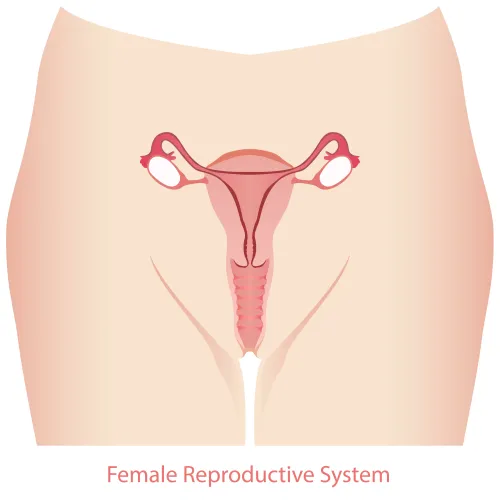Ob-Gyn Coding Alert
Obstetrics:
Are You an Expert at C-Section Diagnosis Coding? Solve 3 Coding Challenges to Find Out
Published on Wed Dec 08, 2021

You’ve reached your limit of free articles. Already a subscriber? Log in.
Not a subscriber? Subscribe today to continue reading this article. Plus, you’ll get:
- Simple explanations of current healthcare regulations and payer programs
- Real-world reporting scenarios solved by our expert coders
- Industry news, such as MAC and RAC activities, the OIG Work Plan, and CERT reports
- Instant access to every article ever published in Revenue Cycle Insider
- 6 annual AAPC-approved CEUs
- The latest updates for CPT®, ICD-10-CM, HCPCS Level II, NCCI edits, modifiers, compliance, technology, practice management, and more
Related Articles
Other Articles in this issue of
Ob-Gyn Coding Alert
- Obstetrics:
Are You an Expert at C-Section Diagnosis Coding? Solve 3 Coding Challenges to Find Out
Hint: You should always include an additional code to indicate delivery outcome. C-section coding can [...] - Preventive Medicine:
Pinpoint the Correct Preventive Medicine Counseling Code — Here’s How
Tip: Don’t use 99401-99404 if the patient is ill. Fact: You can report preventive medicine [...] - Modifiers:
12 Tips Help Sharpen Your Modifier Skills
Hint: Modifier 95 was responsible for scores of denials this year. Although every ob-gyn uses [...] - You Be the Coder:
Code This Fetal Demise Scenario
Question: I need to ask for assistance or advice on a charge that an ob [...] - Reader Questions:
How to Report MRSA Noticed During Delivery
Question: During a vaginal delivery, our ob-gyn noted an area of the left leg and [...] - Reader Questions:
Clarify Vaginal Lesion Excision
Question: Before my physician placed an Altis sling for urinary stress incontinence, he noticed a [...]
View All




